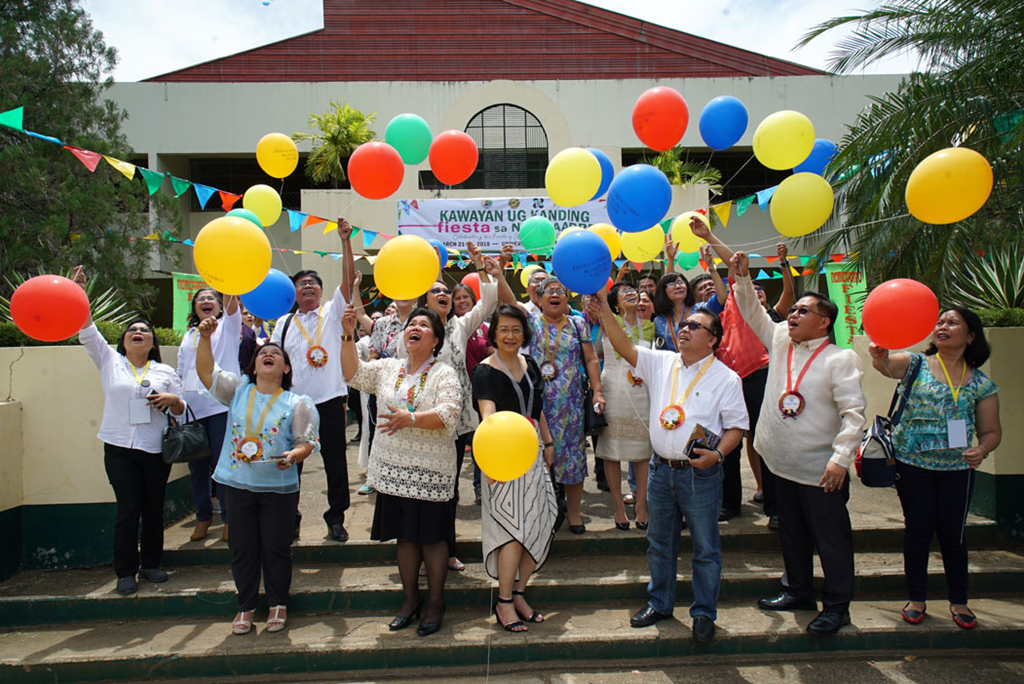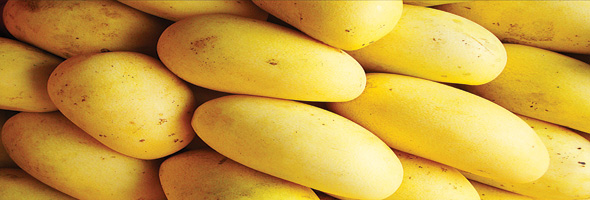Susan De Leon
QUEZON CITY, March 21 (PIA) -- “There are no anomalies in the printing of passports,” this was guaranteed by Chairman Michael J. Dalumpines, also the acting chief operating officer of the Asian Productivity Organization or APO productions amidst the controversy recently thrown at the agency.
In an interview by PIA-NCR, Dalumpines said the APO Production Unit strictly follows proper procedures in its task to print the Philippine passports.
Dalumpines added that APO cannot be blamed for the delay in the processing of passport applications since they are capable to print the passports within the prescribed timeline.
“Once the processed applications are given to us, we do the printing immediately. APO can print 28,000 passports per day,” Dalumpines said.
On the issue of entering a Joint Venture Agreement (JVA) with a private entity, the United Expression Corporation (UGEC), Dalumpines said they adhere to the guidelines set forth by the National Economic & Development Authority (NEDA), Department of Science & Technology (DOST), Department of Budget Management (DBM), Governance Commission for GOCCs (GCG), and the Office of the Government Corporate Counsel (OGCC).
He further stressed that APO is on top in the management and printing of passports, while UGEC only provides financing and provision of machineries and supplies.
Dalumpines added APO also passed the performance conducted by the National Intelligence Coordinating Agency (NICA).
He also confirmed that the security paper used in passport printing is being sourced from Slovenia, but it doesn’t add up to the alleged “slow processing of passports.”
“The lead time for materials sourced from Slovenia is usually thirty (30) to forty-five (45) days. In any event, we are able to ensure that any raw materials sourced abroad arrive in the Philippines with enough time for APO to comply with its delivery schedule as agreed upon with DFA,” Dalumpines said.
The Philippine passport is printed in Asian Productivity Organization or APO Productions under the Presidential Communications Operations Office (PCOO) since 2015.
On August 15, 2016, the new generation e-passport was released by the DFA with advanced security features such as the upgraded microchip to capture the personal data of the applicant, invisible ultraviolet (UV) fluorescent ink and thread, and elaborate design when subject to UV light. Security inks were also used to print the passports to prevent forgery.
Other security features include watermarks, perforated passport numbering, embedded security fibers among others. Aside from making the new e-passport tamper proof, each page of the document depicts Philippine artifacts, cultural icons, historic places, renowned tourist destinations, and even lyrics of the national anthem. (EPC/SDL/PIA-NCR)







